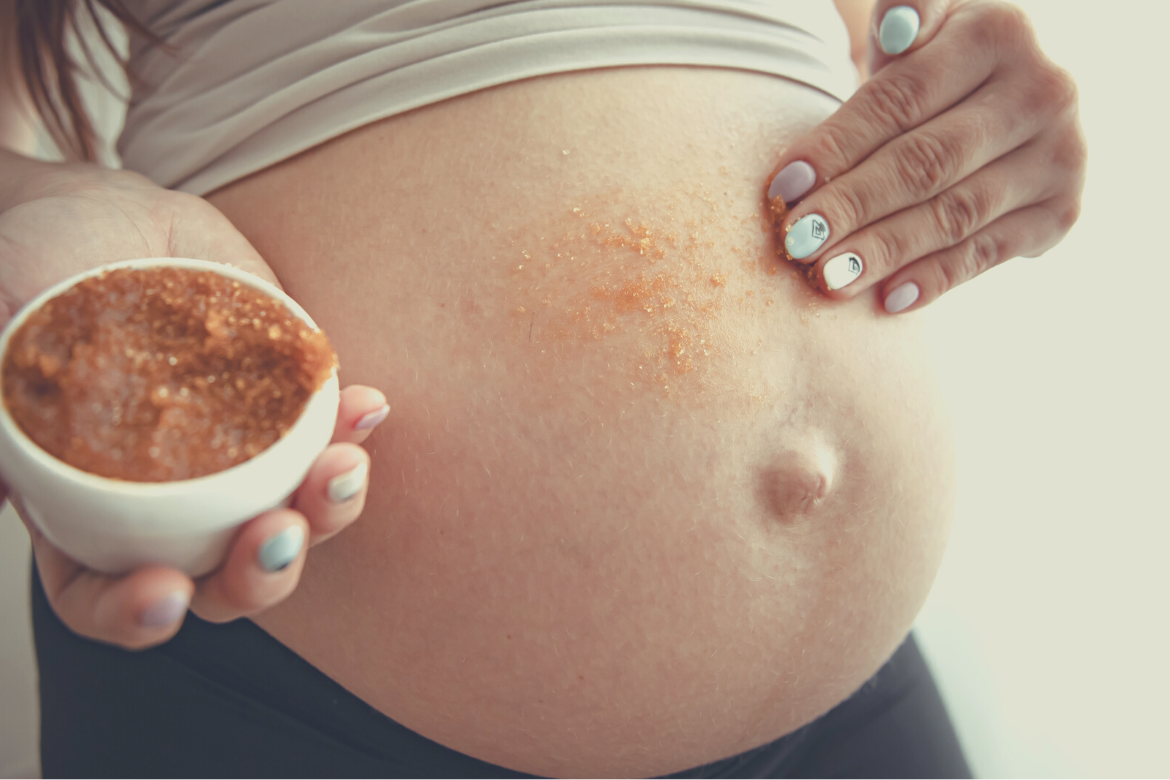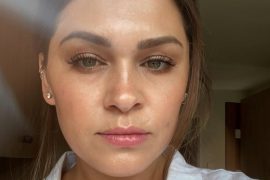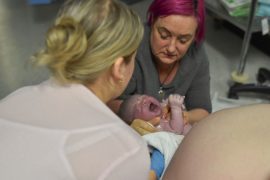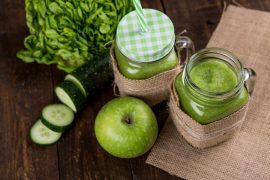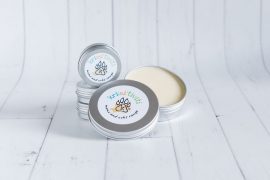There are many hormonal and physiological changes that take place during pregnancy, and a woman’s body undergoes huge transformations during these 9 months. There are aches and pains, morning sickness, food cravings and aversions, fatigue and heartburn to contend with, to name just a few.
As your pregnancy develops, you may also start to notice changes to your skin and hair. Some women experience glowing skin and thicker, healthy, shiny hair, but changes can also include stretch marks, particularly on your stomach, dark patches on your face called chloasma, darkening of the nipples, acne and itchy skin.
Thankfully, there are many natural ingredients that you might already have at home that can be used to help alleviate skin issues experienced during pregnancy and for your new baby.
Why do skin changes occur in pregnancy?
Skin issues during pregnancy can be largely put down to hormonal and physiological changes.
Although some mums-to-be develop a rosy pregnancy glow, many are not so lucky, and the increased blood flow and oil production can result in pregnancy acne.
Chloasma, also known as ‘the mask of pregnancy’, is thought to be caused by a natural increase in melanin during pregnancy, causing dark patches or pigmentation on the face. These dark patches usually fade over a period of several months after giving birth, though for some women, they may last for several years. Your nipples, freckles, moles and birthmarks might look darker during pregnancy too. Pregnant women are at risk of burning more easily in the sun, so should limit exposure and wear high-factor sunscreen.
Stretch marks usually appear during the final 3 months of your pregnancy. They are scars that can result from skin stretching too quickly or beyond its elastic capacities, and most commonly occur on your stomach as it stretches to accommodate your growing baby, but may also appear on your breasts or upper thighs. The stretching can be accompanied by intense itchiness.
Natural remedies for pregnancy skin
The good news is that there are many natural remedies to help with the symptoms of skin changes during pregnancy.
To treat acne-prone skin, turmeric can be effective, with its antiseptic and anti-inflammatory properties.
As your skin is less elastic when it is dry, it is more likely to tear and scar, creating stretch marks, so keeping skin moisturised and hydrated may help reduce the occurrence of stretch marks. For relief from itchy skin and to help reduce the appearance of stretch marks, you can try using natural products such as aloe vera gel and almond, olive or coconut oil to keep your skin soft and supple.
Aloe vera can also reduce the appearance of skin pigmentation during pregnancy, with its natural depigmenting compound. There are many other natural options you can try too, including: apple cider vinegar mixed with water; green tea extract; black tea water; lemon juice mixed with cucumber juice; liquorice extract; and even milk mixed with turmeric.

Skin issues in newborns
Babies can experience issues with their soft, delicate, sensitivity-prone skin too. They can be caused by a number of factors such as heat, cold, drooling, allergies, bacteria or prolonged contact with a wet nappy.
Milia, also known as milk spots, can appear on your baby’s nose, chin and cheeks within a day or two of being born. These are tiny, white, harmless spots that appear in 40-50% of newborns and they usually disappear within a few weeks.
Baby acne can appear during the first few weeks of life. These little pimples on their cheeks, noses and foreheads usually clear up by themselves within a few months.
Heat rash can occur due to a baby’s sweat glands not being fully developed, meaning perspiration is trapped under the skin, creating bumps and inflammation.
Nappy rash is also common in babies, presenting itself as a red, scaly rash that can cause pain and discomfort.
Some babies also suffer from eczema, most commonly occurring on the cheeks and in the leg and arm joints. The skin will feel dry and rough to touch and can cause discomfort due to itching.
Cradle cap is common in little ones, mostly occurring in babies up to 3 months old, but can last up to a year or longer. It consists of thick, flaky skin on the scalp and sometimes behind the ears.
If you ever have any concerns about your baby’s skin, it’s best to talk to your medical practitioner for advice.

